In 1918, when Mose Iacino opened his downtown Denver fish market, it took a week for salmon and halibut to make the long trip from Seattle by railroad. The highly perishable product was packed in ice that had to be replenished at each stop along the way. Today, fresh and frozen seafood is flown into Denver International Airport seven days a week from both coasts as well as from other port cities around the world. The product travels in special shipping containers that maintain it in peak condition.
online pharmacy best drugstore for you
In the old days, Seattle Fish Market sold its fish to customers who visited its retail outlet and to Denver’s finest restaurants and hotels.
Today, Seattle Fish Company provides fresh fish to many of these same establishments, and to many others throughout Colorado. The company also distributes fresh and frozen seafood to many of the region’s major supermarket chains.
Seattle Fish Company is one of the largest wholesale distributors of fresh and frozen seafood west of the Mississippi. The company distributes to Colorado out of it’s Denver office, which employs 100 people.
In 2005, Seattle Fish Company will celebrate 87 years of doing business in Colorado. For all of that time, it has been owned and operated by the Iacino family. Seattle Fish Company credits their success to good business practices, an enduring commitment to product quality, outstanding customer service, and long standing relationships with vendors and customers.
As a pioneer in the industry, Seattle Fish Company was one of the first in the nation to voluntarily adopt a USDC HACCP program in November 1989, which features on site supervision by quality control technicians and U.S. Department of Commerce inspectors. Seattle Fish sells to all of the region’s sushi restaurants, where quality and freshness are imperative.
Mose Iacino, who was destined to become a well-known and well-loved Denver personality, was born in Grimaldi, Italy, in 1902. At the age of four, he was sent to Denver to join his three older brothers, who operated the Diamond A meat market at 15th and Lawrence. After only a few years of formal schooling, Iacino got his start in the seafood business when he began selling oysters in a corner of the family store.
In 1918, at the age of 16, Iacino set off on his own pursuit of the American Dream when he opened the Seattle Fish Market in Lower Downtown Denver. For nearly three-quarters of a century, Seattle Fish would be his life. He set an example for his employees by regularly working 70 hours per week, and continued to report to the office until his 90th birthday. He died in 1995 at age 92.
In the company’s early years, Iacino also sold rabbits – “Good choice rabbits – 75 per dozen” – as well as fish. He had two slogans: “If it swims, we have it,” which is still the company’s slogan today, and “Get the habit, eat more rabbit.”
During the Great Depression, fish and rabbit provided an inexpensive main course for many a Denver family, and Seattle Fish began to grow. The company also sold a lot of fish to the city’s Roman Catholics, many of them recent immigrants, who were proscribed from eating meat on Fridays. The city’s plentiful Greek restaurants were also valued customers. In 1935, Iacino moved his retail store and warehouse into larger quarters at 1537 Market Street that the company would occupy for nearly 50 years.
During the 1930’s, Iacino traveled to Washington State and Alaska to establish a personal relationship with many seafood suppliers in those areas. Soon, he was traveling all around the world in search of the finest products for his Denver market. He was the first to import to Denver such luxury items as Icelandic lobster dainties, Spanish red shrimp and Australian lobster tails.
Although he was never a pilot himself, Iacino developed a deep love of flying. In 1937, he married Jeannie Bungee in an airplane one mile above the Mile-High City. The couple then traveled around the world by plane on a six-month honeymoon.
Iacino made many friends in the course of his travels, including Will Rogers. Iacino ate dinner with Rogers in Alaska just hours before the famed cowboy-philosopher was killed in a plane crash. Iacino also collected the Western art of Robert Lindeneux; his collection was on display at the Buffalo Bill Cody Museum on Lookout Mountain for many years.
The 1980’s brought a number of changes that dramatically expanded Seattle Fish Company’s scope of operations. Young, well-educated and health-conscious immigrants from the coasts moved to Denver, bringing with them a taste for fresh fish. At the same time, air transportation made it possible to deliver truly fresh fish to the hotels, restaurants and grocery stores of the Rocky Mountain West. People began to buy less beef and more seafood.
At the same time, Seattle Fish Company benefitted from the energy of a second generation as Edward Iacino took over operation of the company. In 1982, he moved Seattle Fish from antiquated facilities downtown into a new $5 million state-of-the-art facility near Stapleton Airport. Iacino is also expanding the company’s use of technology and innovation to improve quality and service to the customer.
For over 85 years, Seattle Fish Company has provided quality seafood to the restaurants, hotels and supermarkets of Denver and the Rocky Mountain West.
Written By: Thomas Jacob Noel
Published In: Mile High City: An Illustrated History of Denver
Published By: Heritage Media Corporation
Copyright © 1997 Updated By: James Edward Iacino and Chelsea Leigh Iacino; November 28th, 2005
